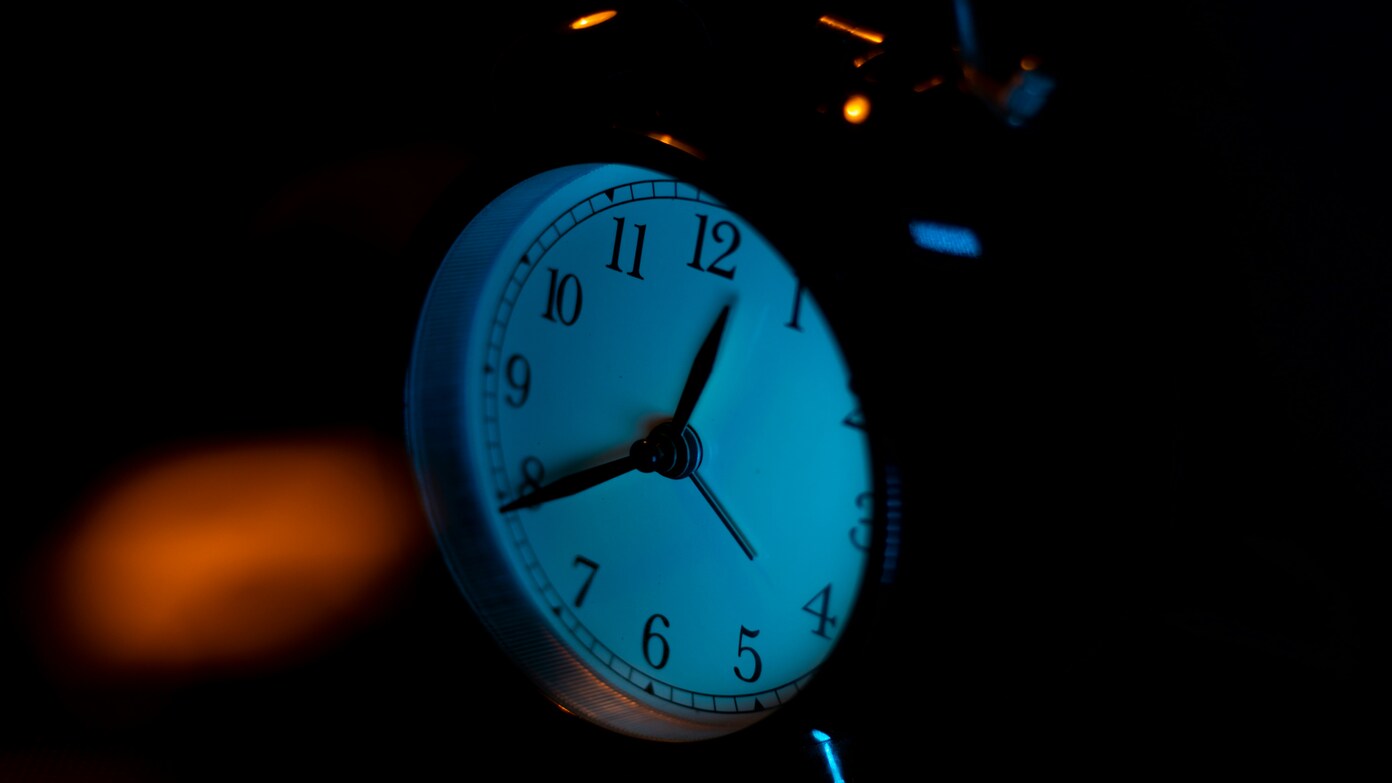The clock change is approaching
As fall is now officially here, another big seasonal change is looming on the horizon — the conclusion of Daylight Saving Time (DST). Every fall, millions of Americans will once again turn clocks back an hour and adjust to earlier sunsets and darker evenings.
While the majority of people have been advocating the end of the clock change, Daylight Saving Time continues to happen in most of the United States. The main aim is to make better use of daylight — more light in the morning or evening depending on the season.
So when do we “fall back” this year, then? Here’s what you need to know regarding the 2025 time change and how it will affect your daily schedule.
Read this later: The 1-cent coin that could be worth more than $500,000 – It is a relic from 1943 that was manufactured by mistake, and many…
When does Daylight Saving Time end in 2025?
Daylight Saving Time ends in 2025 at 2 a.m. local time on Sunday, November 2. That’s when clocks are to be set back an hour—giving everyone an extra hour of sleep that night.
This year’s end date is a day sooner than in 2024, so the second-earliest available date for the time change. The earliest possible date is November 1.
If you’re an early planner, Daylight Saving Time will start again on Sunday, March 8, 2026, when we’ll “spring ahead” and lose that extra hour of sleep we just gained.
When we “fall back
As Daylight Saving Time ends, mornings will brighten somewhat, and nights will get dark sooner. For most Americans, it means waking up to the sunlight, not the darkness — but also seeing the sun go down before dinner.
Although waking up an hour earlier is such a great idea, the adjustment can throw off sleeping patterns for a couple of days. The experts advise sleeping and waking at your regular times to allow your body to adjust smoothly.
For some people, earlier sunsets can cause them to feel less energetic or even slightly depressed — something that’s sometimes called the “winter blues”. If it happens, try to stay outside longer in daylight or use bright light indoors to help your mood.
Read this later: Good news for millions of families receiving WIC benefits – The White House will use tariff revenues to save the food assistance program.
What is Daylight Saving Time again?
Daylight Saving Time is the time between March and November when clocks are pushed forward one hour. The underlying principle is to make better use of natural light — more daylight hours mean less electricity usage and evening hours spent outside.
In the spring, we “spring forward” and move clocks one hour ahead, giving us longer evenings. In the fall, we “fall back” and lose an hour, giving us brighter mornings but shorter days.
DST first started during World War I as an attempt to conserve energy and fuel. Today, it is followed in all parts of the U.S. except Hawaii and the majority of the state of Arizona, which stay on regular time all year round. A few territories of the U.S., like Puerto Rico, Guam, and the Virgin Islands, also do not follow it.
Why do people desire to eliminate it?
Many Americans think that it is not only unnecessary but also harmful to switch the clocks twice annually. Scientists have linked time changes to sleep disorders, car accidents, and even cardiovascular disease in the days following the change.
Indeed, lawmakers have come up with several bills — like the Sunshine Protection Act — to render Daylight Saving Time permanent. While all these bills have garnered legislative support, Congress has yet to pass final legislation. Hitherto, therefore, the biannual clock shift continues.
The bottom line
Daylight Saving Time ends Sunday, November 2, 2025, at 2 a.m. local time. Don’t miss the opportunity to turn your clocks back an hour before you go to sleep Saturday night, November 1.
Enjoy that extra hour of rest — and, maybe, a later Sunday morning coffee. But beware: darker nights are on the horizon, so make the most of those daylight hours while you still can!
Read this later: States are given the November 1 deadline to receive SNAP benefits – These are the exemptions to the three-month time limit

